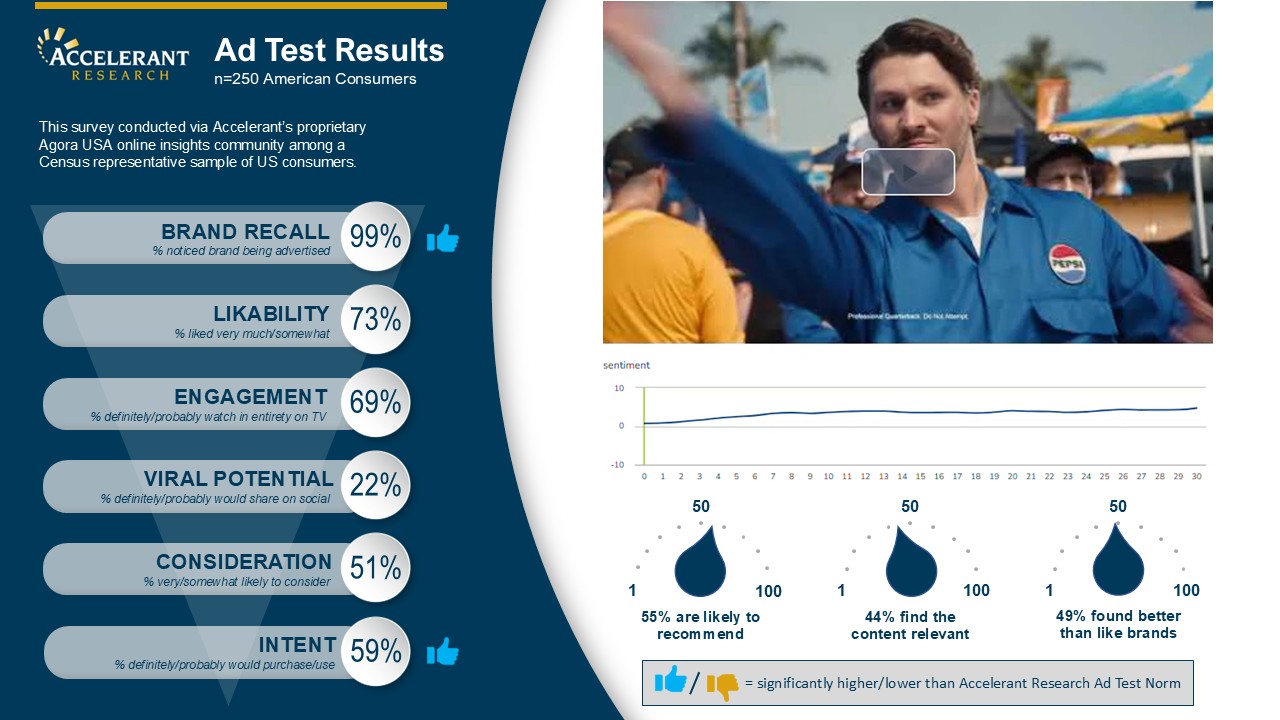In every boardroom and on every earnings call, AI is the topic of the hour. But for leaders in the consumer and e-commerce space, the conversation has matured past the initial hype. The defining question is no longer "What can AI do?" but rather, "How do we deploy it strategically to solve our most pressing business challenges—from margin pressure to customer churn?"
The gap between theoretical potential and successful, revenue-driving implementation is widening. Those who bridge it will not just compete; they will dominate. This isn't about chasing buzzwords. It's about building a durable competitive advantage by embedding intelligence into the core of your customer experience.
Let's break down the actionable playbook: the critical trends to watch, the best practices to adopt, and the strategic framework required for a successful integration.
The AI-Driven Revolution: Key Trends Shaping the Market
Early experiments have given way to sophisticated applications that are fundamentally reshaping both the front-end customer journey and back-end operations.
Hyper-Personalization 2.0: From Reactive to Predictive:
This is the most visible frontier. We've moved beyond basic product recommendations. The new standard is predictive personalization, where AI doesn't just react to what a customer has done, but anticipates what they will do next.
What it looks like: A customer browses hiking boots, adds them to a cart, but doesn't buy. Legacy personalization sends a "You left this in your cart!" email. AI-driven personalization analyzes their browsing velocity, demographic data, and affinity models to send a message an hour later showcasing user-generated content of those boots on a local trail, paired with a dynamic offer for moisture-wicking socks. The website homepage they land on later might feature a "Get Ready for Your Next Adventure" collection. It's a holistic, predictive dialogue across all channels.
Conversational Commerce as a True Sales Channel:
AI-powered chatbots have evolved from glorified FAQ finders into sophisticated shopping assistants. They are becoming a primary channel for guided selling and support, directly impacting conversion rates.
What it looks like: A customer on a product page for a skincare set can ask the AI assistant, "Is this good for sensitive, dry skin in a humid climate?" The AI, trained on product data and customer reviews, can give a nuanced answer, suggest an alternative product if necessary, and add the final choice directly to the cart, all within the chat window. It handles complex queries that were once the sole domain of human agents, providing instant, 24/7 expertise.
The Intelligent Back-End: AI in Operations & Supply Chain:
Perhaps the most impactful, yet least visible, trend is the application of AI to the operational core of the business. This is where companies are unlocking massive efficiencies and protecting margins
What it looks like: Instead of relying on historical sales data alone, AI models now ingest dozens of variables—upcoming holidays, weather forecasts, social media trend velocity, competitor stock levels, and even shipping lane delays—to generate hyper-accurate demand forecasts. This allows for optimized inventory levels (reducing carrying costs and markdowns), dynamic pricing to maximize sell-through, and intelligent order routing from the warehouse closest to the customer (reducing shipping costs and time).
Best Practices: The Blueprint for Successful Integration
Early adopters who are seeing a real ROI from AI share a common set of principles.
Start with a Business Problem, Not a Technology:
The most common mistake is "AI for AI's sake." The right approach is to identify your biggest business challenge first, concreting yourself in the user or customer problem. Is it low customer lifetime value? High cart abandonment? Inefficient inventory management? Define the core problem and the KPI you want to move. Then, evaluate how AI can be the most effective solution. This problem-first mindset ensures every AI initiative is directly tied to a measurable business outcome.
Treat Your Data as a Strategic Asset:
AI is not magic; it's a powerful engine that runs on data. Your AI strategy will fail without a solid data foundation. This means investing in the infrastructure to unify customer data from all touchpoints (website, mobile app, POS, marketing platforms) into a single, accessible view. A robust Customer Data Platform (CDP) is no longer a luxury; it's the bedrock of any meaningful personalization or AI effort. Clean, rich, and real-time data is the fuel.
Prioritize Seamless Integration Over Siloed Solutions:
The true power of AI is unlocked when it's woven into your existing ecosystem. An AI recommendation engine that doesn't communicate with your email service provider (ESP) or SMS platform creates a disjointed customer experience. The goal is a composable architecture where your AI tools can both ingest data from and push intelligence to every other platform in your stack. This creates a feedback loop where every interaction makes the next one smarter.
The Roadmap to Success: How to Ensure Your Company Wins
A successful AI transformation is a strategic, top-down initiative that requires more than just a technology budget.
Establish C-Suite Sponsorship and a Cross-Functional Team:
AI is not an "IT project." It's a fundamental business transformation. The CEO, CMO, and COO must champion the vision and allocate resources. Success requires a dedicated, cross-functional team—with members from marketing, data science, engineering, and operations—empowered to test, learn, and implement without bureaucratic friction.
Embrace an Agile, "Crawl, Walk, Run" Approach:
Don't attempt to overhaul your entire business at once. Start with a well-defined pilot project with a clear hypothesis and measurable success metrics. For example: "We believe using AI-powered SMS conversations for abandoned carts will increase our recovery rate by 15% in 90 days." Prove the value on a small scale, build organizational confidence, secure more investment, and then expand to the next use case.
Choose Partners, Not Just Vendors:
The AI landscape is complex. You don't need to build everything in-house. The key is to find strategic technology partners who are experts in their niche. Vet them rigorously. Don't just look at their feature list; assess their integration capabilities, their customer support model, and most importantly, their strategic understanding of your specific business goals. A true partner brings expertise, not just software.
The era of AI in retail is here. It is creating new winners and losers at an accelerated pace. The companies that thrive will be those that move beyond the hype and execute a deliberate, customer-centric, and data-driven strategy. They understand that AI is not the end goal—it is the most powerful tool we have to create the seamless, intelligent, and personal experiences that modern consumers now demand.
What is the first business problem you would solve with a dedicated AI strategy?







.png)



